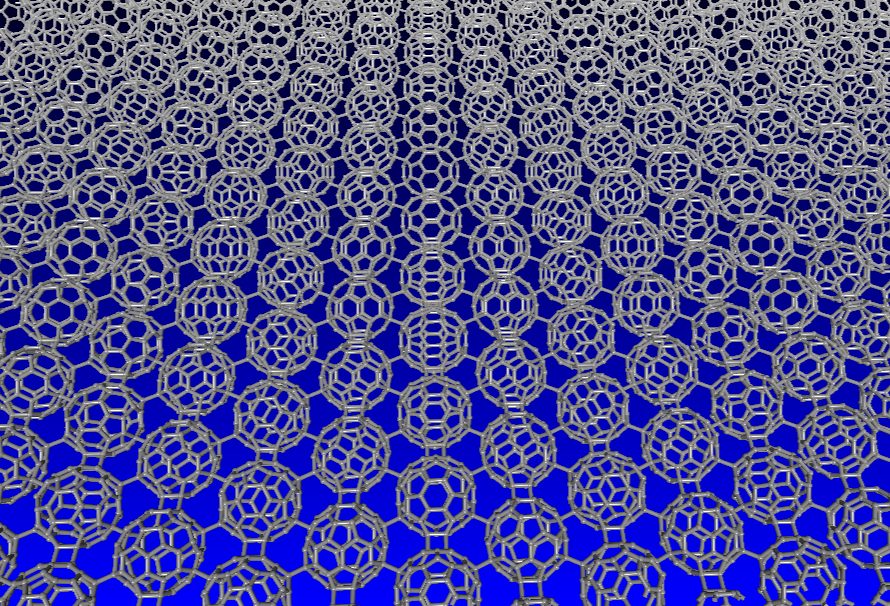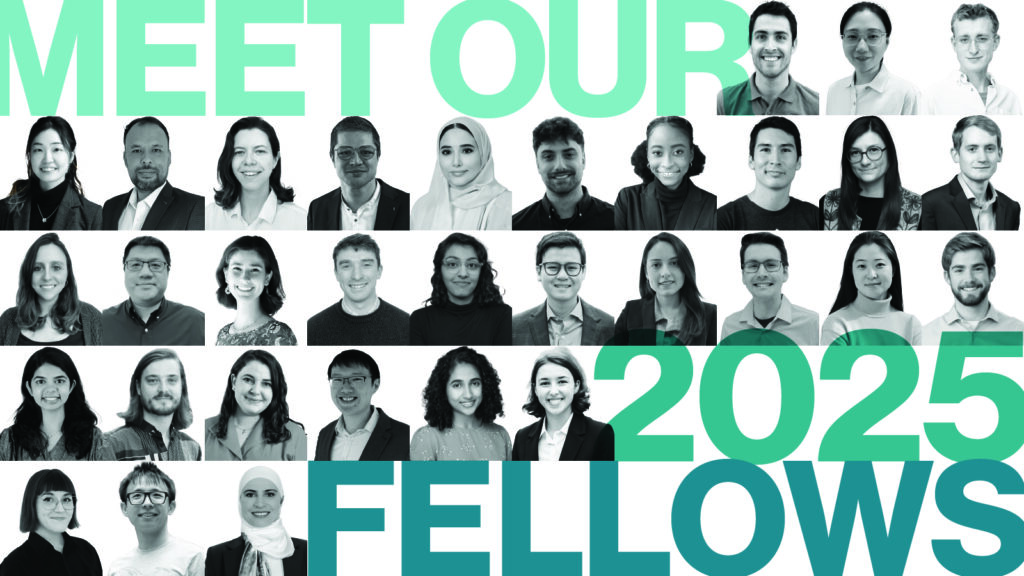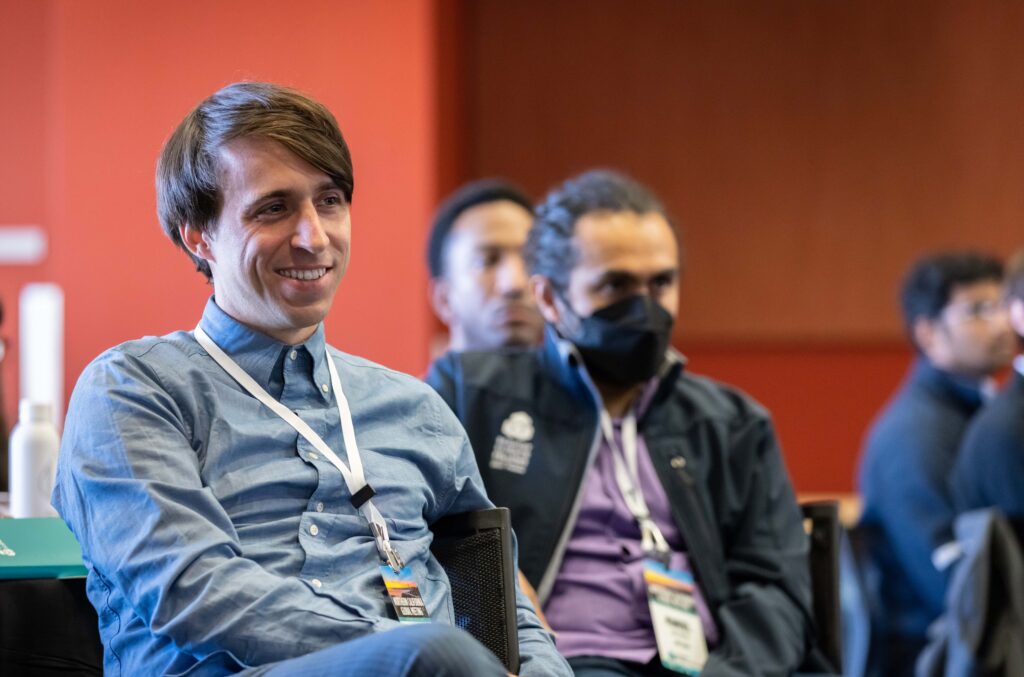A research team, including 2021 Fellow Austin Evans, has discovered a new form of carbon that has the potential to unlock new nanomaterials for applications in electronics, aerospace, automotive, and defense. The findings are published today in Nature.
The research team, including scientists at the University of Florida, Columbia University, Harvard University, and the University of Virginia, has discovered a new family of hybrid pure-carbon materials. These hybrid carbon allotropes are called graphullerenes because they combine elements of two-dimensional carbon sheets (graphene) and zero-dimensional carbon superatoms (fullerenes).
This combination of properties offers a pristine interface that might find usefulness in new quantum materials applications. – Austin Evans
The innovation could chart a clear path to the more efficient design of new materials with a wide range of potential applications. The findings show how graphullerene has unique combinations of electrical and thermal conductivity not found in other carbon-based materials. Specifically, graphullerene is demonstrated to be a semiconductor, the basis of all modern electronic devices.
The discovery of this new material suggests that a virtually endless number of other nanoscale hybrid carbon allotropes are accessible through synthetic design.
Austin, an Assistant Professor at the University of Florida, commented: “This combination of properties offers a pristine interface that might find usefulness in new quantum materials applications. Also, we show that this material is very thermally conductive, which has the potential to be useful in thermal management for circuits or as protective coatings for spacecraft.”
Austin continued, “This work underscores how science is fundamentally accelerated when diverse teams come together. My interactions with the Schmidt Science Fellows community have only enhanced my realization of this reality. This perspective that I’ve gained from the Schmidt Science Fellows community now informs how I approach every scientific problem.”
Read the paper in full here.



